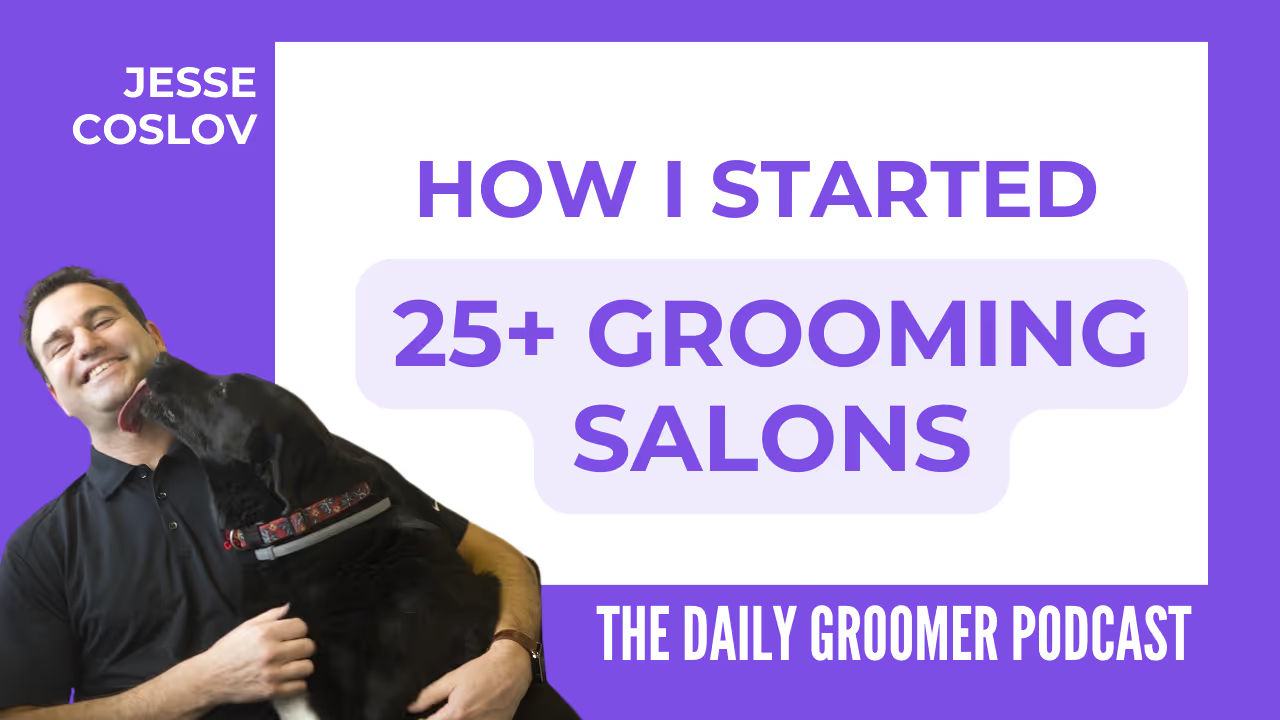Unlock the Secrets of the Undercoat: Choosing the Perfect Brush for Fluff
Explore the art of undercoat grooming with our comprehensive guide


Have you ever encountered a seemingly impenetrable fortress of fur? That moment when you're armed with your trusty brush, yet the undercoat of your canine client stubbornly refuses to yield its tangled secrets? Fear not, professional groomers! Today, we're diving deep into the world of undercoat management and emerging with the keys to find that perfect grooming tool—the quintessential undercoat brush for your fluffy clientele.
The Undercoat Unveiled: What is it and Why Does it Matter?
Before we unveil the ideal brush, let's talk about the undercoat. This dense layer of fine, insulating fur is a lifesaver for dogs in cold climates but can be the bane of a groomer's existence when it comes to matting and shedding. Professional groomers know that understanding the unique properties of each dog's undercoat is essential in delivering a top-notch grooming service.
Maintaining the undercoat in tip-top shape is not just about aesthetics—it's about the health of the dog. A well-groomed undercoat promotes better skin health, reduces excessive shedding, and keeps the canine comfortable throughout the seasons.
Braving the Brush Jungle: Types of Undercoat Brushes
When it comes to grooming tools, the options can be overwhelming. Let's break down the different types of brushes designed specifically for tackling that formidable undercoat:
Rakes
Undercoat rakes look similar to small garden rakes and are engineered to penetrate thick coats and gently remove loose fur. They usually have narrowly spaced metal teeth, which makes them ideal for many double-coated breeds.
Slicker Brushes
The slicker brush's fine, short wires are packed tightly together on a flat surface and are great for smoothing and removing loose hair. They can also help to detangle the fur before a more intensive undercoat grooming session.
De-Shedding Tools
These tools do exactly what their name suggests: de-shed. They often have a stainless steel edge that reaches through the topcoat to remove loose undercoat fur without damaging the healthy topcoat.
Pins and Bristle Brushes
Although not specifically designed for undercoat grooming, pin brushes and bristle brushes can be effective for finishing touches and collecting the last bits of fur post-grooming.
Anatomy of the Ultimate Undercoat Brush
With so many types of brushes, what makes for the ultimate undercoat brush? There are a few key features to look for:
Ergonomic Design
A brush that's comfortable for both the groomer and the dog will make the grooming process more efficient and enjoyable. Look for a design that fits well in your hand and doesn't cause strain over time.
Durable Materials
A heavy-duty handle and teeth that don't bend or break under pressure will serve you well against the toughest of undercoats. Stainless steel teeth or blades are preferred for their strength and longevity.
Effective Teeth Configuration
Choose a brush with teeth spaced appropriately for the type of undercoat you're dealing with. The right spacing can mean the difference between a smooth grooming session and pulling out your own hair in frustration.
Skin-Friendly Design
The best brushes not only manage fur, they do so without irritating a dog's skin. Features like rounded tips or protective coatings on the bristles are indicators of a skin-friendly design.
Match the Brush to the Breed: A Tailored Approach
One brush does not fit all when it comes to dog breeds. The reality is that different breeds need different brushes for optimal undercoat grooming:
Heavy Shedders Like Huskies and Malamutes
For these fur factories, undercoat rakes with long, sturdy teeth can manage their dense fluff and combat shedding effectively.
Curly-Coated Cuties Like Poodles and Bichons
Slicker brushes are the go-to for handling mats and tangles in these breeds while protecting their signature curls.
Short-Haired Shedders Like Labradors and Beagles
De-shedding tools are ideal to reach through their shorter topcoats and remove the loose, dead undercoat without harm.
Finishing Up: Spaniels and Setters
Once the bulk of the undercoat is managed, a pin or bristle brush gives these breeds the glossy finish that makes them stand out in the show ring.
Putting it into Practice: The Art of Undercoat Grooming
Choosing the right brush is just the beginning. The technique is equally important:
Grooming With Grain and Against
Always start by brushing in the direction of hair growth (with the grain) to remove tangles and mats. Once the coat is smooth, you can work against the grain to pull up loose undercoat fur.
Regular Maintenance
Encouraging pet owners to maintain their dog's undercoat between professional grooming sessions can make your job easier and keep the dog happier and healthier. Provide guidance on how they can do this effectively.
Know When to Call Time
Some undercoats will put up more of a fight than others. Know when to call it a day to avoid skin irritation and maintain trust with your canine client. Some undercoats may require multiple grooming sessions for complete care.
The Payoff: Happy Tails and Purr-fect Coats
The right undercoat brush can turn the Herculean task of grooming into a seamless flow of strokes that leaves tails wagging and coats gleaming. When you unlock the secret to each dog's undercoat, the results are the joyous woofs and thankful licks from your fluffy customers, not to mention the satisfaction of a job well done.
Grooming is an art and a science, but with the perfect brush as your paintbrush, you're well on your way to masterpiece status. Brush on, grooming gurus, brush on!


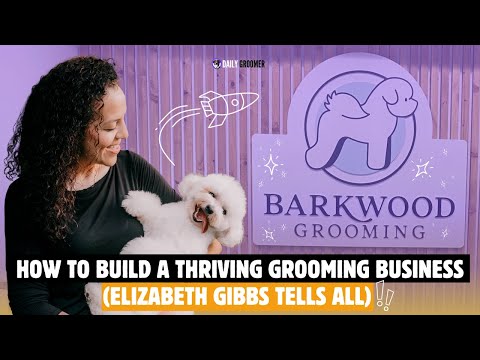

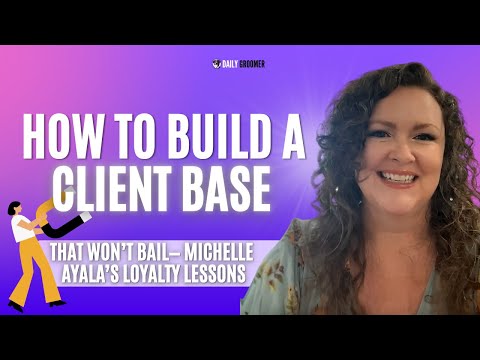



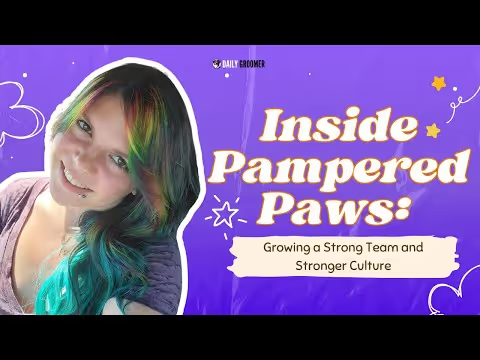
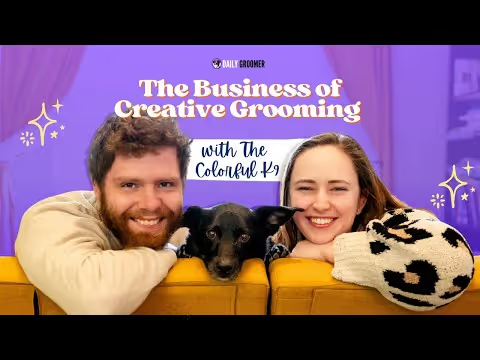

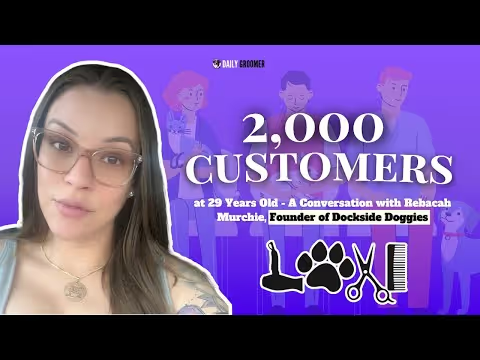


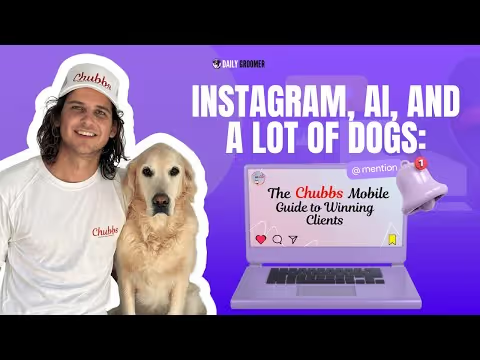
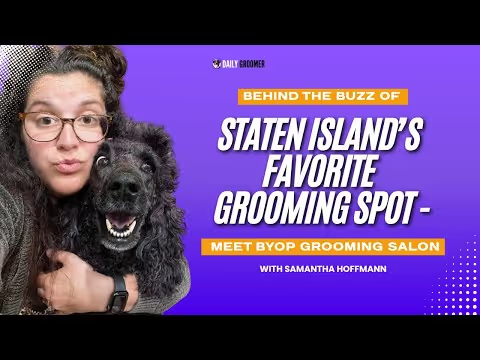

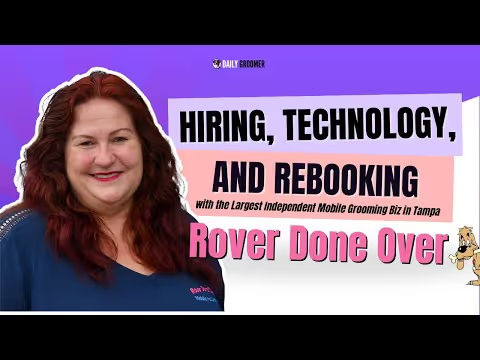
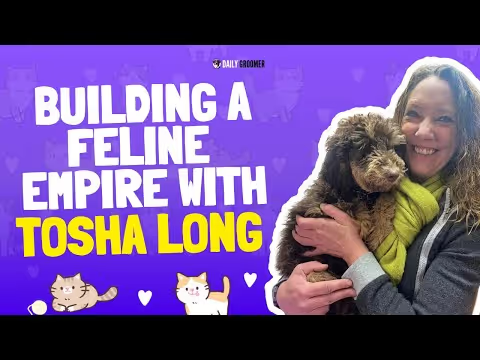


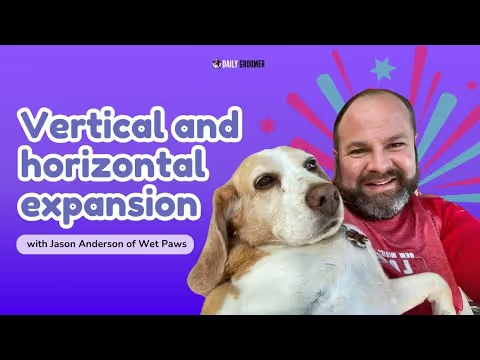
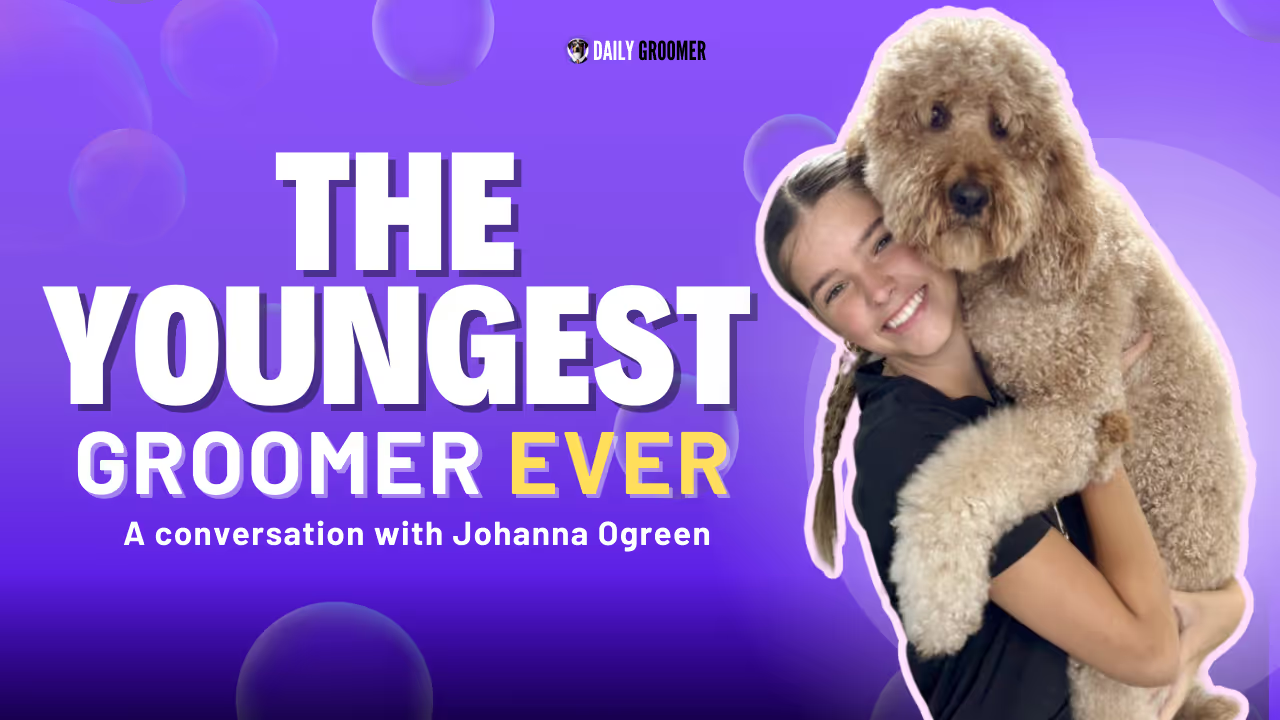
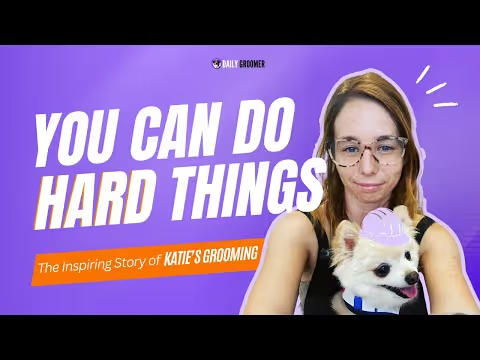
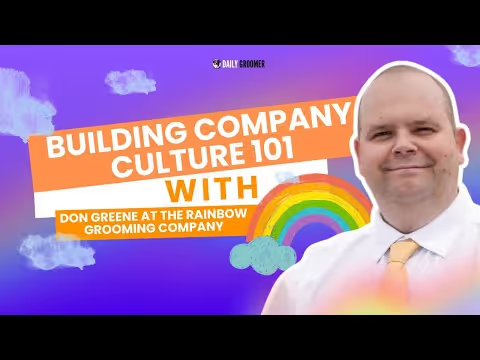
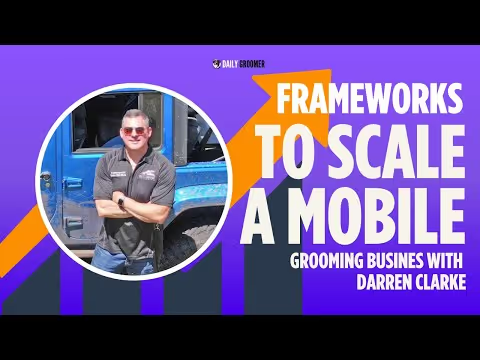
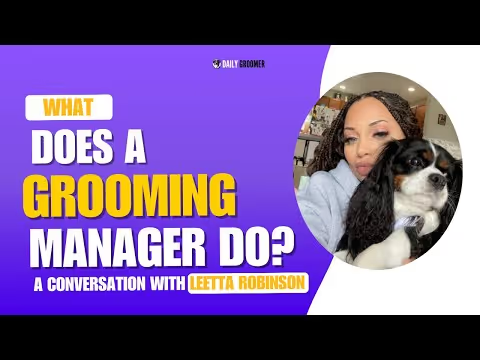

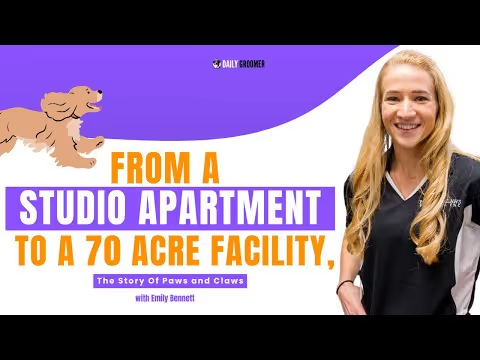
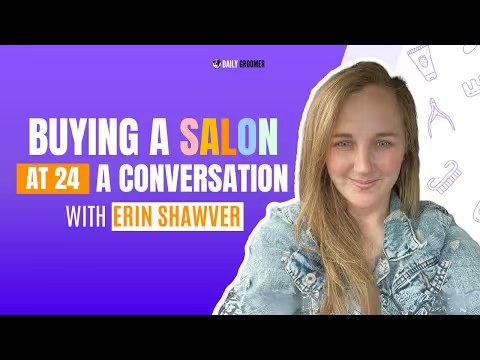
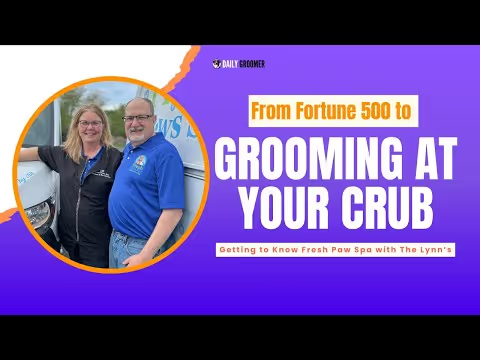






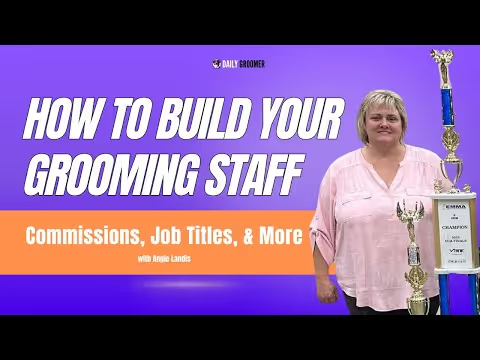





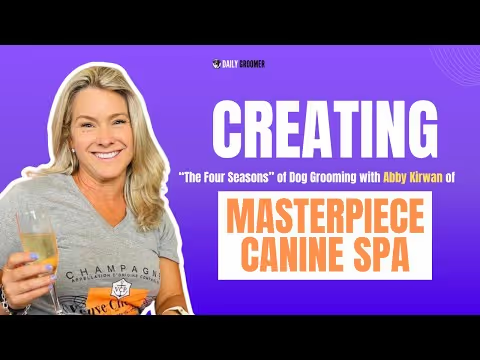
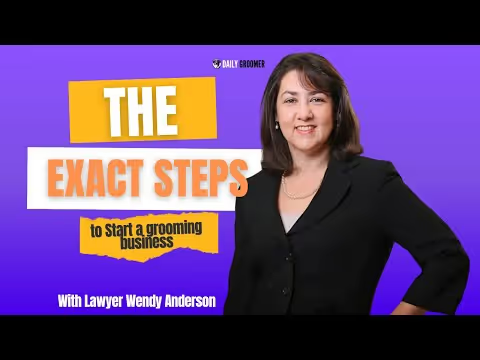
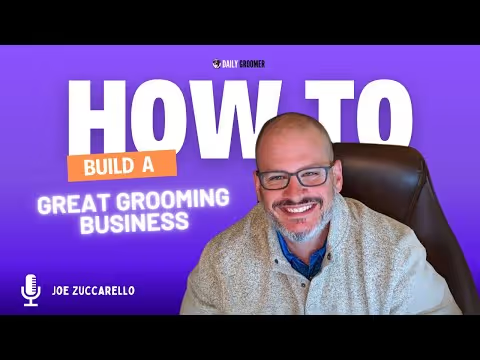
.avif)
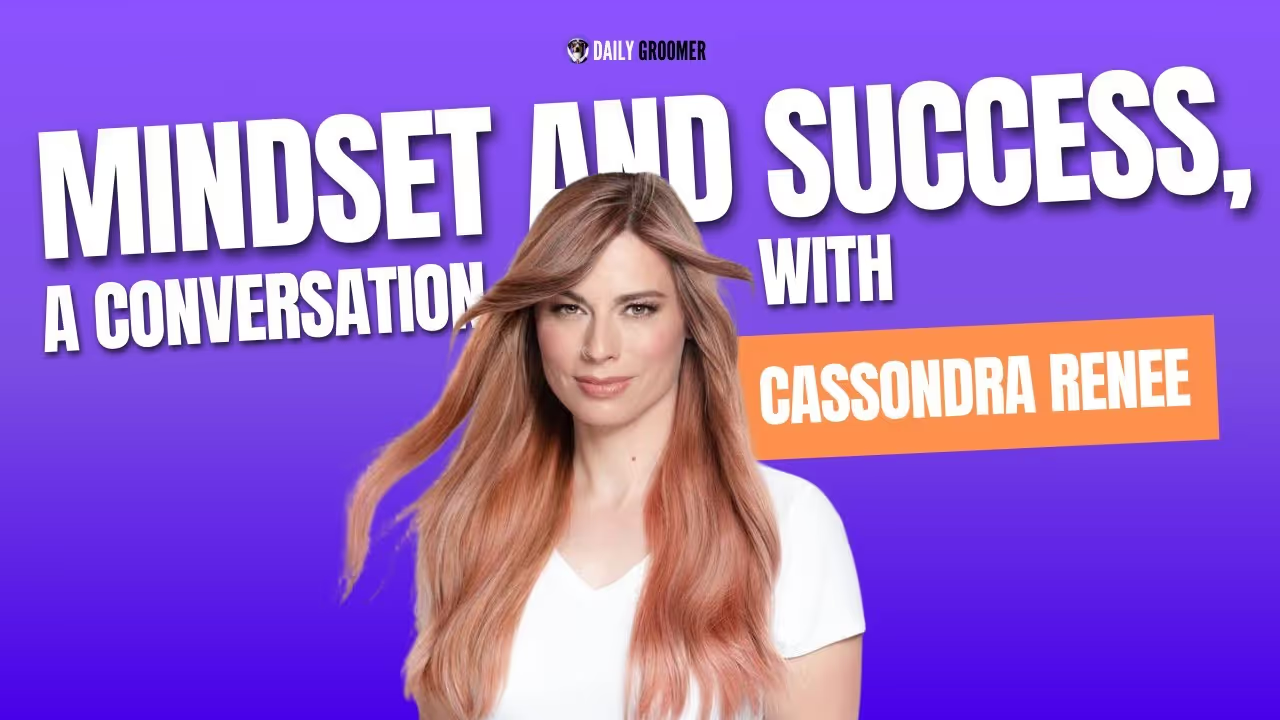
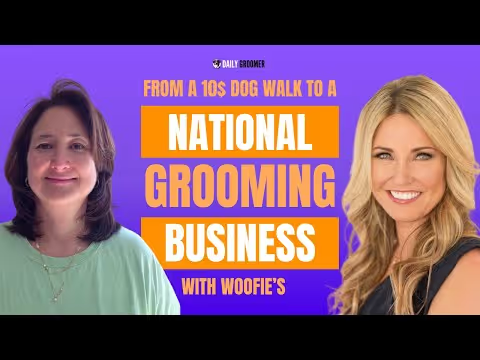





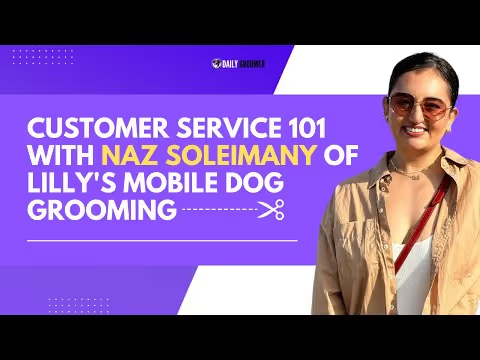

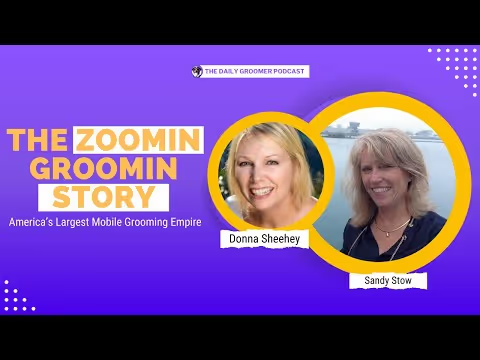
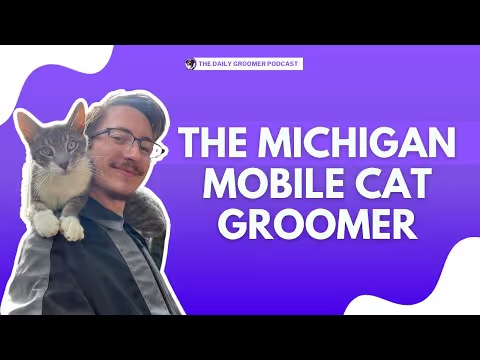

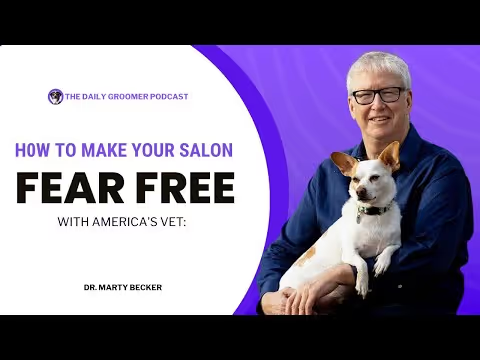



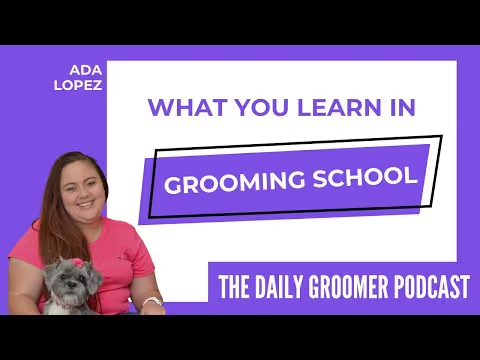


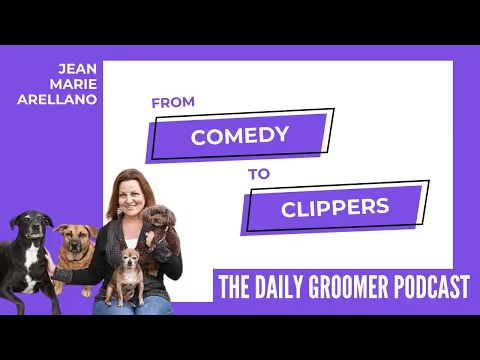
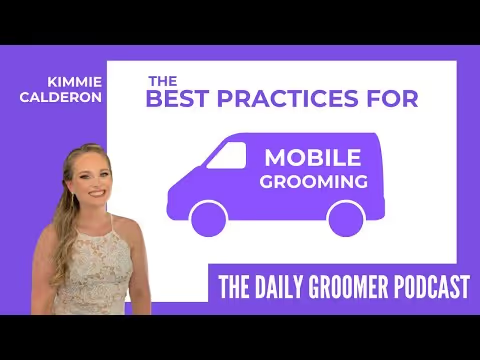
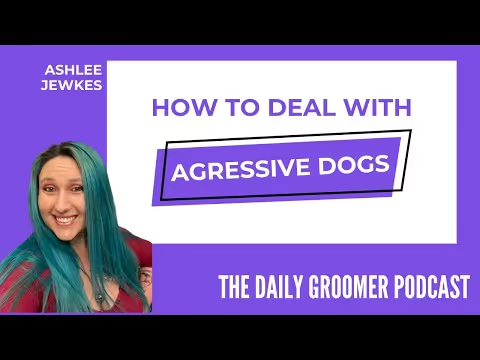
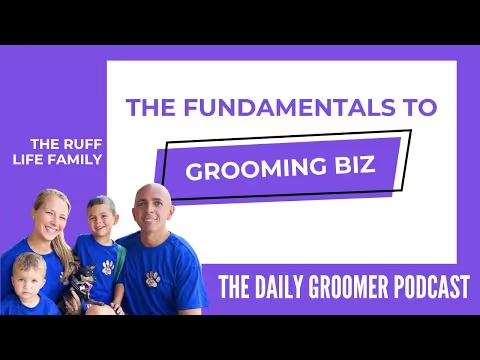


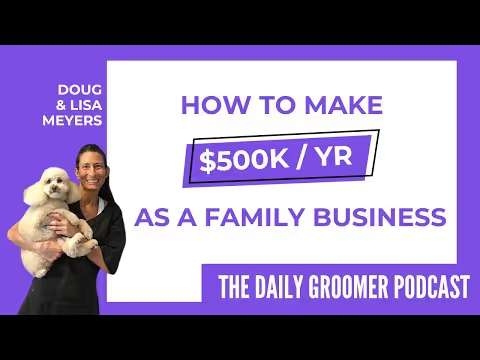
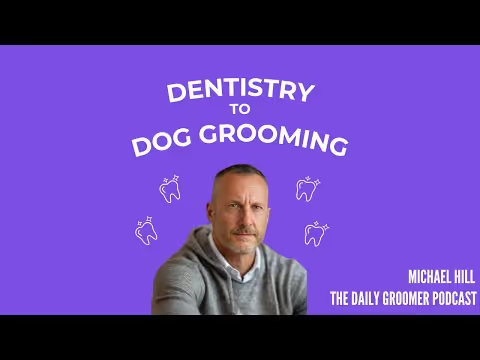
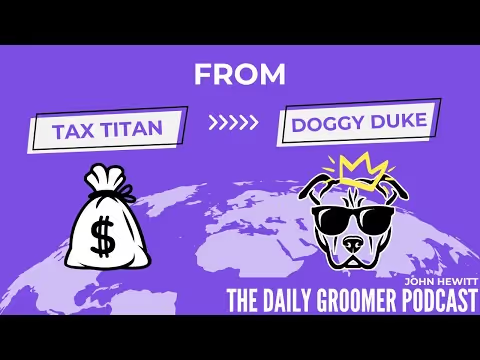



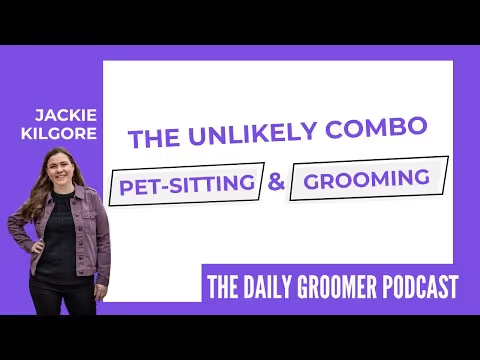


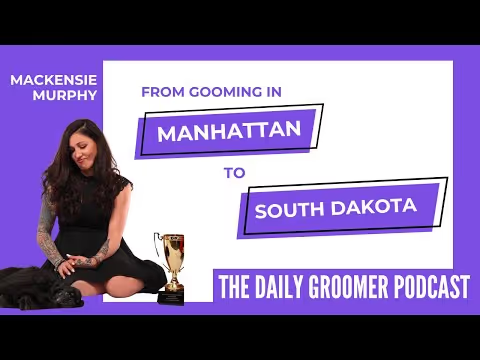
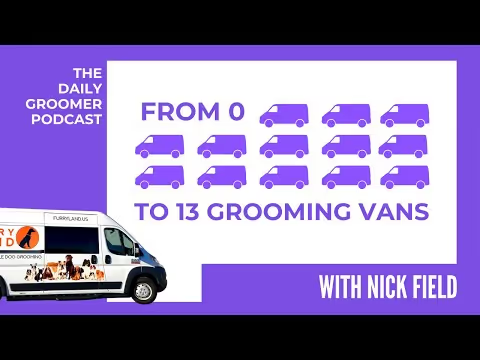
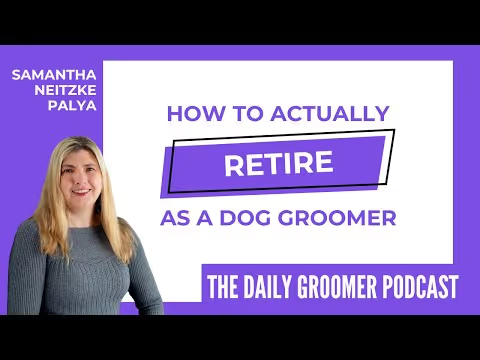
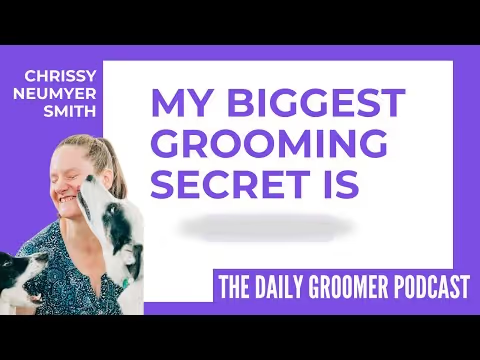
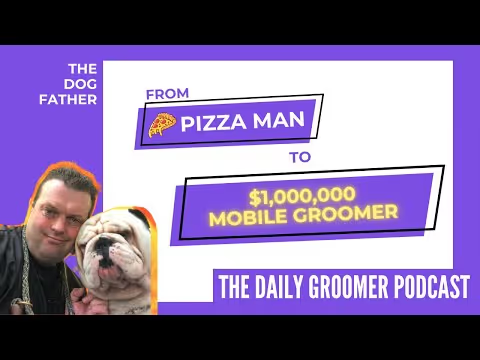

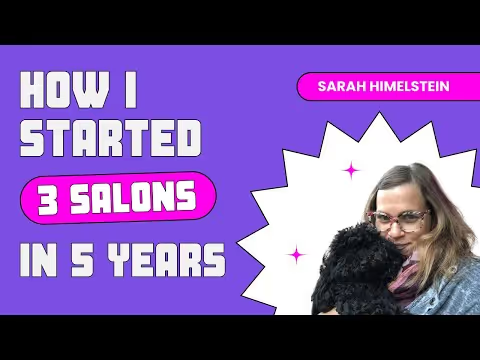
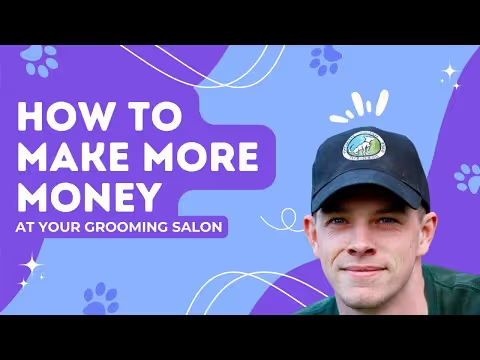
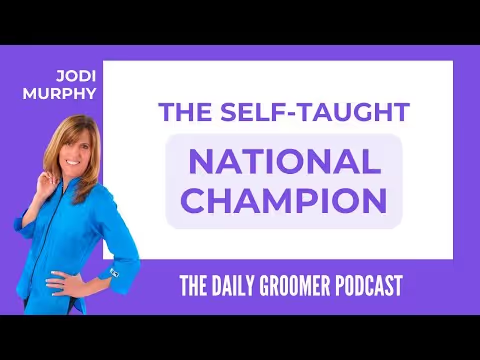


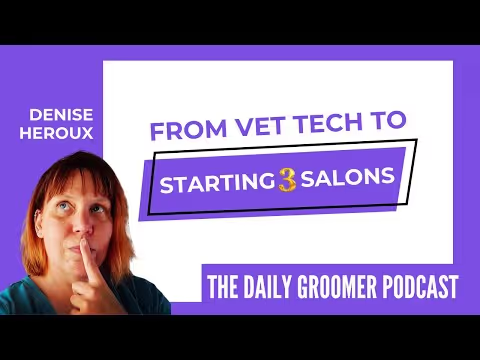
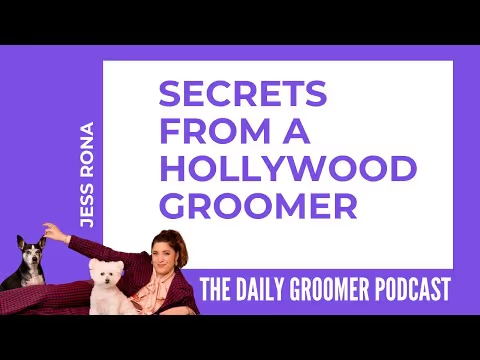
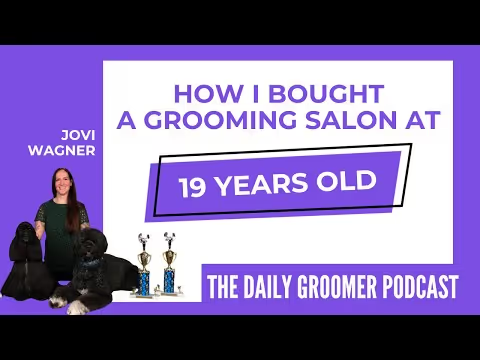

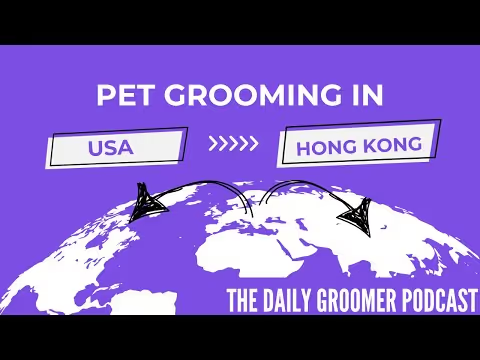
.avif)


